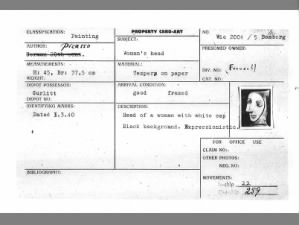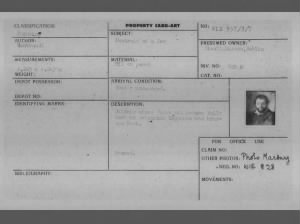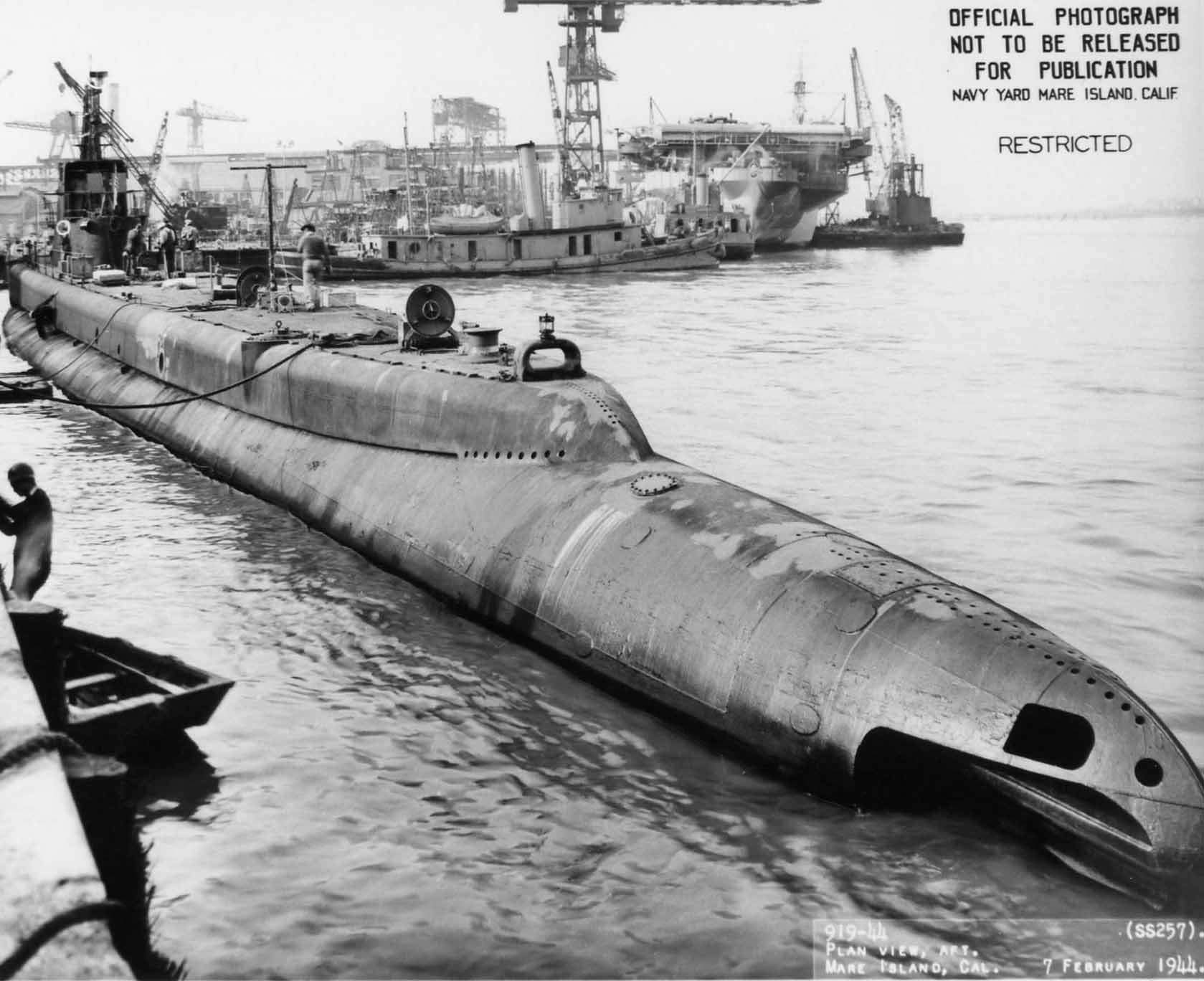In theaters February 7th, The Monuments Men movie features George Clooney, Cate Blanchett, and Matt Damon in roles that reflect the true story of how thousands of art treasures looted by the Nazis were saved from destruction in the final months of World War II.
Hundreds of thousands of records documenting this effort were created in the 1940s through the work of the real-life monuments men. They are available under Looted Valuables in Fold3’s Holocaust-Era Assets Collection.
 During the Nazi occupation of countries in Europe before and during the war, paintings, sculptures, tapestries, and many other cultural treasures were stolen from private collections, Jewish homes, and prominent European museums. The Nazis kept the stolen assets as their own or housed them in German museums. As the end of the war neared and the fall of the Third Reich became inevitable, the Allies paired military personnel with scholars who understood the significance and value of the art. The two diverse groups cooperated to ensure that precious items were not destroyed by the Germans, nor bombed by the Allies.
During the Nazi occupation of countries in Europe before and during the war, paintings, sculptures, tapestries, and many other cultural treasures were stolen from private collections, Jewish homes, and prominent European museums. The Nazis kept the stolen assets as their own or housed them in German museums. As the end of the war neared and the fall of the Third Reich became inevitable, the Allies paired military personnel with scholars who understood the significance and value of the art. The two diverse groups cooperated to ensure that precious items were not destroyed by the Germans, nor bombed by the Allies.
The documents in the Roberts Commission files on Fold3 include information on monuments and looted artwork, and the measures taken to protect them. There are aerial photographs like this one of Florence; card files about the artwork, like Dürer’s “Feast of the Rose Garlands” from Czechoslovakia; geographic working files created after discovering items from the Louvre in good condition; and personnel cards like this one for George Stout, the man tasked “to head salvage work.” He’s played by Clooney in the movie which is based on Robert M. Edsel’s book The Monuments Men: Allied Heroes, Nazi Thieves, and the Greatest Treasure Hunt in History.
 The Ardelia Hall Collection provides a supporting group of records from the four collecting points in Marburg, Munich, Offenbach, and Wiesbaden that include property reports, photos of looted art, masterpieces, and book plates from stolen books, as well as descriptive cards of ceramics, etchings, sculpture, and paintings by Picasso and Rembrandt. More cards, many with photos, can be browsed beginning here.
The Ardelia Hall Collection provides a supporting group of records from the four collecting points in Marburg, Munich, Offenbach, and Wiesbaden that include property reports, photos of looted art, masterpieces, and book plates from stolen books, as well as descriptive cards of ceramics, etchings, sculpture, and paintings by Picasso and Rembrandt. More cards, many with photos, can be browsed beginning here.
These and other Holocaust-Era Assets publications, digitized in partnership with the National Archives, represent an astounding collection documenting European cultural history and the role the United States played in protecting that history. Each record has a very real story to tell. Each document represents one piece of an historic account that includes the provenance of great works of art, where they were discovered after the war, how they were repatriated, and the many people and institutions that supported the extraordinary task of saving Europe’s cultural heritage from destruction.





